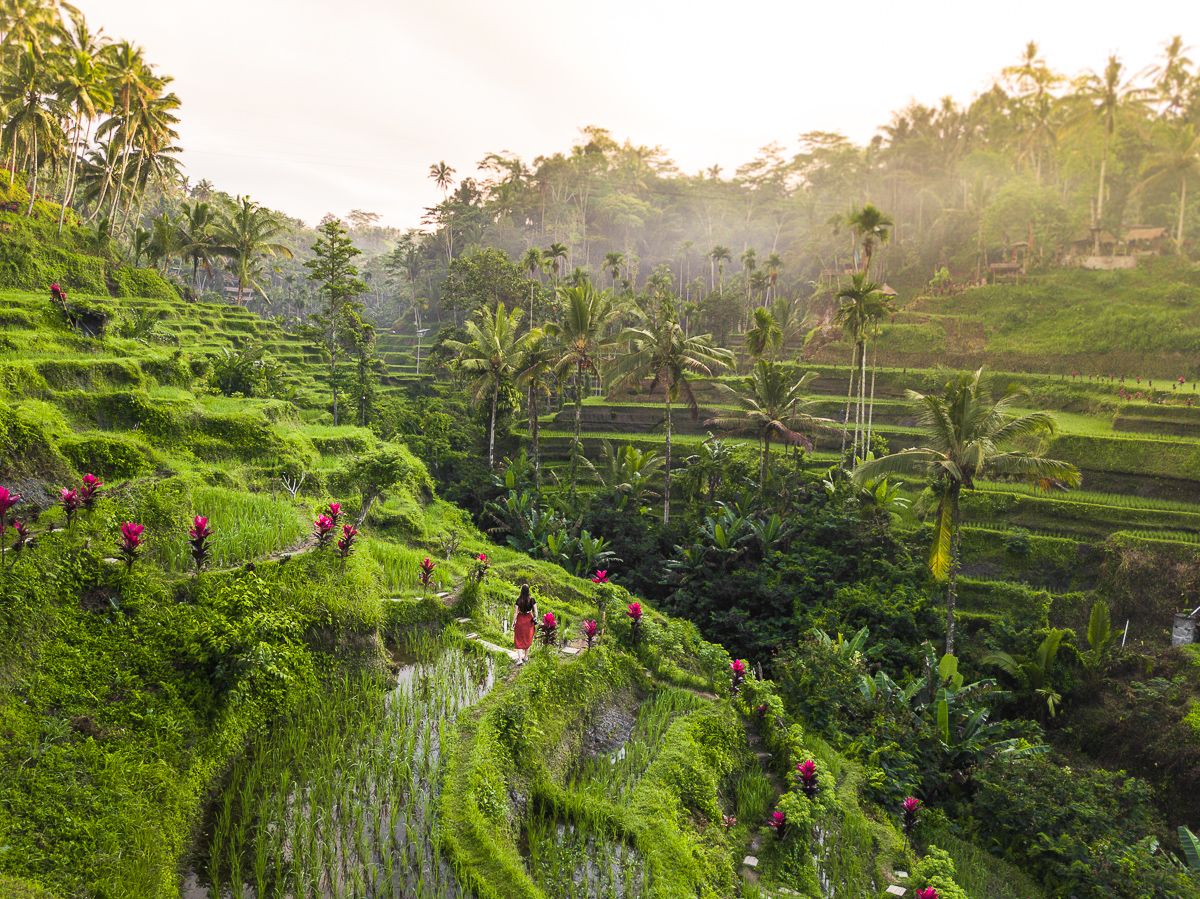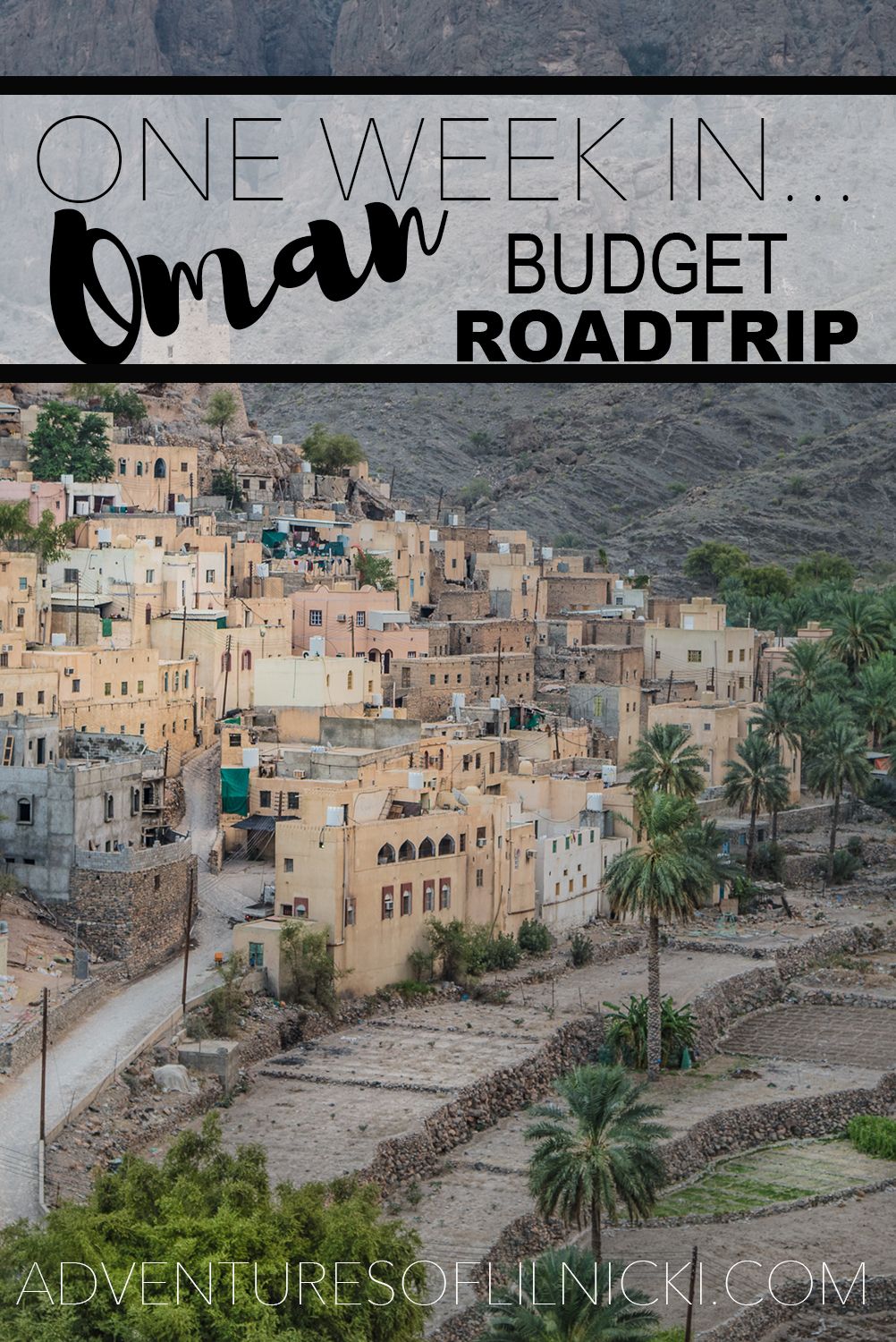
Nestled amidst the lush, emerald embrace of Ubud, Bali, lies a spectacle that has captured the hearts of travelers worldwide: the Tegalalang Rice Terrace. More than just a picturesque landscape, Tegalalang is a living testament to Bali’s rich cultural heritage, its agricultural prowess, and the enduring artistry of its people. This iconic destination, with its cascading waves of vibrant green, offers an immersive experience that transcends mere sightseeing, inviting you to connect with the soul of the island.
This comprehensive guide will equip you with everything you need to know to plan an unforgettable visit to Tegalalang Rice Terrace, from its fascinating history and captivating attractions to practical travel tips and the best ways to experience its magic.
A Tapestry Woven Through Time: The History of Tegalalang Rice Terrace
Related Articles about Emerald Dreams and Balinese Rhythms: A Comprehensive Guide to Visiting Tegalalang Rice Terrace:
- Chicago’s Grand Dames and Modern Marvels: A Connoisseur’s Guide to the City’s Top Hotels
- Bali: A Journey Through Paradise and Its Top Hotels
- Tanzania: A Journey Through Time, Wildlife, and Wonder
- Standing Tall: Your Comprehensive Guide to Visiting Christ the Redeemer
- Lake Toba: A Volcanic Masterpiece and Indonesia’s Crown Jewel
The story of Tegalalang is intrinsically linked to the ancient Subak system, a UNESCO World Heritage recognized water management system that has been practiced in Bali for over a thousand years. This intricate network of canals, weirs, and reservoirs allows farmers to cooperatively manage water resources, ensuring equitable distribution for rice cultivation across the island. Tegalalang, with its naturally sloping terrain, proved to be an ideal canvas for this ingenious system.
The terraces themselves are not a recent development but rather a centuries-old agricultural practice. For generations, Balinese farmers have meticulously carved these steps into the hillsides, transforming the landscape into a breathtaking spectacle of human ingenuity and harmonious coexistence with nature. The name "Tegalalang" itself is believed to derive from the word "tegal," meaning field or garden, and "alang," which can refer to a type of grass or a clearing.
Beyond its agricultural significance, Tegalalang has also played a role in Balinese spiritual life. The Subak system is deeply intertwined with the concept of Tri Hita Karana, the Balinese philosophy of balance between the spiritual, human, and natural worlds. The communal efforts involved in maintaining the Subak system foster a sense of unity and respect for the divine and the environment.
Over time, Tegalalang’s unparalleled beauty has drawn increasing attention, transforming it from a purely agricultural area into a world-renowned tourist destination. While this influx of visitors brings economic benefits, it also presents challenges in preserving the delicate balance of this natural and cultural treasure.
Beyond the Green: Main Attractions and Experiences at Tegalalang
While the sprawling rice paddies are undoubtedly the star of the show, Tegalalang offers a multifaceted experience that goes beyond simply admiring the view.
-
The Iconic Terraces: The primary attraction is, of course, the meticulously sculpted rice terraces. Their vibrant green hues, especially during the planting and growing seasons, are a sight to behold. As the sun shifts, the light dances across the undulating landscape, creating a dynamic and ever-changing panorama. You can wander along the paths, marveling at the intricate irrigation channels and the sheer scale of the agricultural endeavor.
-
Swing Over the Rice Paddies: For the thrill-seekers and Instagram enthusiasts, the numerous Bali swings have become an iconic Tegalalang experience. These exhilarating swings, often adorned with floral decorations, allow you to soar above the terraces, capturing breathtaking aerial views and unforgettable photo opportunities. Be prepared for queues, especially during peak hours.
-
Luwak Coffee Plantations: Many of the pathways leading to and from the terraces will guide you through small coffee plantations, often offering tastings of Kopi Luwak, the world’s most expensive coffee. While the ethical implications of Kopi Luwak production are a subject of debate, experiencing the process and tasting the coffee can be an interesting cultural insight. Be sure to research and choose plantations that prioritize ethical practices.
-
Local Villages and Culture: As you explore, you’ll encounter small villages and local Balinese people tending to their crops. This offers a glimpse into their daily lives and the enduring traditions that have shaped this landscape. Engage with locals respectfully, and you might even learn a few words of Bahasa Indonesia.
-
Hindu Temples: Scattered amidst the greenery, you’ll find small but significant Hindu temples. These serve as reminders of the spiritual dimension of Balinese life and the importance of nature in their beliefs.
-
Art and Craft Stalls: Along the main tourist paths, you’ll find numerous stalls selling local handicrafts, sarongs, jewelry, and other souvenirs. While it’s an opportunity to pick up mementos, remember to bargain respectfully and be aware of the quality of the goods.
Navigating the Emerald Sea: Travel Tips for Tegalalang
To make your visit to Tegalalang as smooth and enjoyable as possible, consider these essential travel tips:
-
Go Early or Late: To beat the crowds and the midday heat, aim to visit Tegalalang either in the early morning (around 7-9 AM) or late afternoon (around 4-6 PM). The soft morning light is perfect for photography, and the sunset hues are equally mesmerizing.
-
Wear Comfortable Shoes: You’ll be doing a fair bit of walking, often on uneven paths and steps. Comfortable walking shoes are a must.
-
Dress Appropriately: Bali is a conservative island, and it’s respectful to dress modestly, especially when visiting religious sites. Lightweight, breathable clothing is ideal for the tropical climate. Consider a sarong to cover your legs when entering temples.
-
Stay Hydrated: The Balinese sun can be intense. Carry plenty of water, or purchase it from vendors along the way.
-
Sun Protection: Pack sunscreen, a hat, and sunglasses to protect yourself from the sun’s rays.
-
Bring Cash: While some larger establishments might accept cards, many of the smaller stalls, local vendors, and entrance fees are cash-only.
-
Be Prepared for Small Entrance Fees and Donations: While Tegalalang itself doesn’t have a single official entrance fee, you might encounter small fees for accessing certain viewpoints or pathways, often managed by local villagers. Donations are also appreciated to help maintain the terraces.
-
Respect the Environment: Avoid littering and be mindful of the delicate ecosystem. Stick to designated paths and refrain from picking plants or disturbing wildlife.
-
Bargain Respectfully: If you choose to purchase souvenirs, engage in polite and respectful bargaining. Understand that a small difference in price might not mean much to you but can make a difference to the local vendor.
-
Photography Etiquette: Always ask for permission before taking close-up photos of individuals. Be mindful of people working in the fields.
-
Consider a Guide: For a deeper understanding of the Subak system, the history, and local culture, consider hiring a local guide. They can offer insights you might otherwise miss.
Embracing the Seasons: The Best Time to Visit Tegalalang
The beauty of Tegalalang is a year-round spectacle, but certain times offer a more vibrant and rewarding experience:
-
Dry Season (April to September): This is generally considered the best time to visit. The weather is sunny with minimal rainfall, making exploration comfortable. The rice paddies are at their most lush and vibrant during this period, especially between March and June when the planting and growing seasons are in full swing.
-
Rainy Season (October to March): While you might encounter some rain showers, the landscape takes on a different kind of magic. The fields are often flooded, creating a mirror-like effect that reflects the sky. The greenery can be incredibly intense after the rain. However, heavy downpours can sometimes make the paths muddy and slippery.
Key planting and harvesting cycles:
- Planting: Typically occurs around February/March and September/October.
- Growing: The most vibrant green period is usually between March and June, and again from November to January.
- Harvesting: Usually takes place around April/May and October/November.
The most visually stunning periods are when the paddies are a vibrant, uniform green, so aim for the peak growing seasons within the dry months for the most classic Tegalalang experience.
Resting Amidst the Green: Nearby Hotels and Accommodations
While Tegalalang itself is primarily an agricultural area, the nearby town of Ubud offers a plethora of accommodation options, catering to every budget and preference. Here are a few suggestions:
Luxury:
- Four Seasons Resort Bali at Sayan: Nestled along the Ayung River, this iconic resort offers unparalleled luxury, stunning views, and exceptional service.
- Mandapa, a Ritz-Carlton Reserve: A tranquil sanctuary offering private villas and exceptional experiences, with breathtaking views of the surrounding jungle and rice paddies.
- Komaneka at Bisma: Known for its artistic ambiance and beautiful villas with private pools overlooking the rice terraces.
Mid-Range:
- Alila Ubud: A stylish and eco-friendly resort with a stunning infinity pool and a serene atmosphere.
- Samsara Ubud: Offers private villas with plunge pools and panoramic views of the lush valley.
- Adiwana Bisma: A charming boutique hotel with beautiful rooms and a focus on Balinese hospitality.
Budget-Friendly:
- Ubud Tropical Garden: Offers comfortable bungalows amidst lush gardens at affordable prices.
- Pondok Pisang: A popular guesthouse with clean rooms and a friendly atmosphere, often praised for its value.
- Various homestays and guesthouses: Ubud is brimming with smaller, family-run accommodations that offer a more authentic Balinese experience at budget-friendly rates. Look for options slightly outside the immediate town center for better value.
Important Note: Many accommodations in Ubud are not directly at Tegalalang but are a short drive away, offering convenient access to the terraces. Some villas and resorts in the Ubud outskirts might offer direct views or even private access to smaller, less-visited terraces.
A Taste of Bali: Local Food to Savor Near Tegalalang
The culinary scene around Tegalalang offers a delightful immersion into authentic Balinese flavors. While the terraces themselves might have limited food options, the nearby villages and Ubud town offer a wealth of choices:
- Nasi Goreng (Fried Rice): A ubiquitous and delicious Indonesian staple, often served with a fried egg, chicken satay, and crackers.
- Mie Goreng (Fried Noodles): Similar to Nasi Goreng but made with noodles, equally flavorful and satisfying.
- Satay (Sate): Skewers of marinated and grilled meat (chicken, beef, or lamb), served with a rich peanut sauce.
- Babi Guling (Suckling Pig): A Balinese specialty, a whole roasted pig marinated with spices and herbs, incredibly tender and flavorful. You’ll find this at dedicated Babi Guling restaurants.
- Lawar: A traditional Balinese dish made with finely chopped meat, vegetables, grated coconut, and rich spices. It can be made with various meats, including pork and chicken.
- Gado-Gado: A popular Indonesian salad with blanched vegetables, hard-boiled eggs, fried tofu and tempeh, and a rich peanut dressing.
- Fresh Coconut Water: An absolute must-have in the tropical heat! Enjoy the refreshing taste straight from a young coconut.
- Local Warungs: These small, local eateries are the heart of Balinese street food. They offer authentic and affordable dishes, providing a true taste of local life. Don’t be afraid to try them!
- Cafes and Restaurants in Ubud: Ubud offers a diverse range of dining experiences, from traditional Balinese cuisine to international fusion and healthy vegan options. Many offer beautiful settings overlooking rice paddies or lush gardens.
When dining near Tegalalang, you might find smaller eateries offering simple rice dishes and snacks. For a more extensive culinary exploration, make your way to Ubud town.
Getting Around: Transportation Options to Tegalalang
Reaching Tegalalang is part of the adventure, and several transportation options are available:
-
Scooter Rental: This is a popular and flexible choice for independent travelers. You can rent a scooter in Ubud for a daily fee. The journey from Ubud to Tegalalang is scenic and relatively short (around 20-30 minutes). Ensure you have a valid international driver’s license and wear a helmet.
-
Private Driver/Taxi: Hiring a private driver for a half-day or full-day tour is a convenient option, especially if you want to combine Tegalalang with other attractions in the Ubud area. This allows you to relax and enjoy the scenery without worrying about navigation. Negotiate the price beforehand.
-
GoJek/Grab (Ride-Hailing Apps): These popular ride-hailing apps are available in Bali and can be used to book car or motorbike rides to Tegalalang. They often offer competitive pricing and can be a good alternative to traditional taxis. However, availability might be slightly more limited in the more remote areas.
-
Organized Tours: Many tour operators in Ubud offer day trips that include a visit to Tegalalang Rice Terrace, often combined with other popular sights like Monkey Forest, Tirta Empul Temple, or Goa Gajah. This is a hassle-free option if you prefer a structured itinerary.
-
Bicycle: For the adventurous and fit, cycling from Ubud to Tegalalang is a viable option, offering a more immersive experience of the Balinese countryside. Be prepared for some uphill climbs.
From Denpasar Airport (Ngurah Rai International Airport):
- Taxi/Private Driver: The most straightforward option from the airport is to hire a taxi or pre-book a private driver directly to your accommodation in Ubud, and then arrange transport to Tegalalang from there.
- Shuttle Bus: Some shuttle services operate between the airport and Ubud, but this will require an additional transfer to Tegalalang.
Embracing the Emerald Dream
Tegalalang Rice Terrace is more than just a stunning vista; it’s a living cultural landscape, a testament to Balinese ingenuity, and a sanctuary of natural beauty. By understanding its history, embracing its attractions, and following these practical tips, you can embark on a journey that will leave you with indelible memories of emerald dreams and the vibrant rhythms of Balinese life. So, pack your bags, open your heart, and prepare to be captivated by the magic of Tegalalang.






